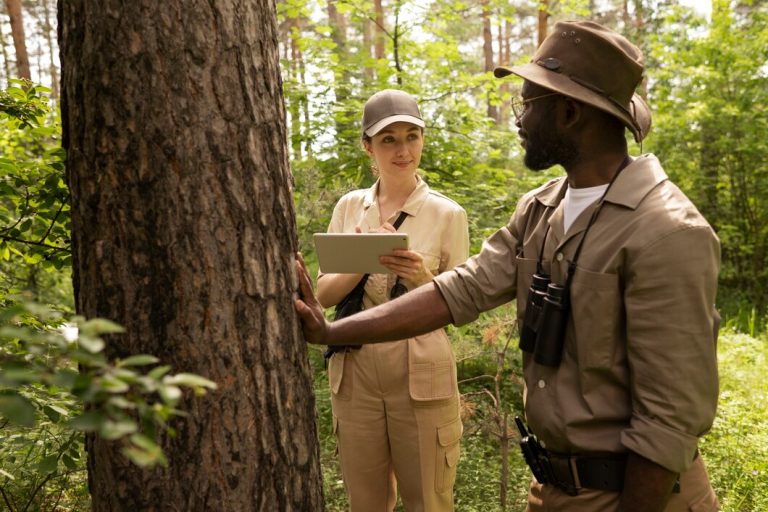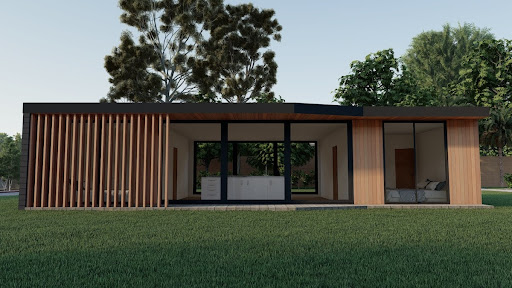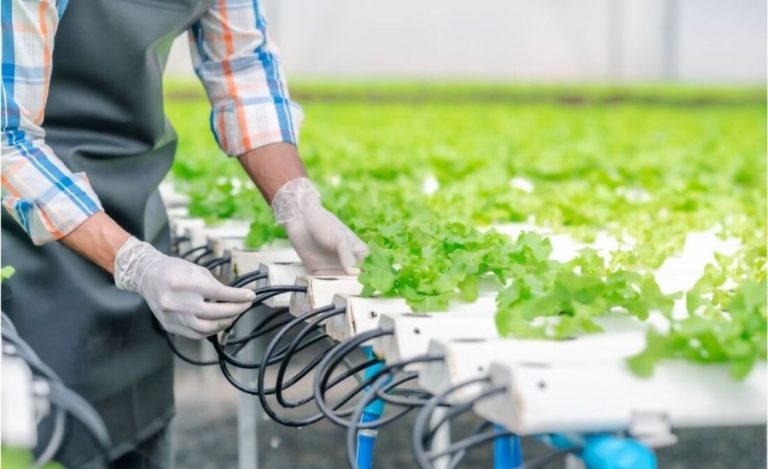What Does an Unhealthy Tree Look Like, and How Can I Help It?
Trees provide shade, improve your outdoor air quality, boost your yard’s curb appeal, and increase the overall value of your property. But an unhealthy tree will likely fall unexpectedly, harm your property, or injure a loved one. Such risks are avoidable by regular tree monitoring to detect early signs of unhealthy trees and take proactive measures to treat or remove the damaged trees. Here are signs of unhealthy trees and how tree services help:
Discolored Leaves
Tree leaves naturally discolor during fall, so if you notice brown or yellow discoloration before this season, it is a sign of disease, pest infestations, nutrient deficiencies, trenching, drought, or root damage. Rake up the discolored leaves to stop the spread, then work on the drainage around the yard. Water and feed the trees; if you don’t see improvements, let a tree services provider assess the tree to determine and treat the root cause.
Dead Branches
Dead or falling branches are sometimes caused by storms or snow. A few dead twigs are also a sign of self-pruning. If you notice an unusual rate of falling branches, that is a sign your trees need professional attention. Prune the dying branches to prevent the issue from spreading, and monitor the tree for recovery.
Abnormal Leaf Growth
Trees depend on leaves for photosynthesis, meaning that if a tree cannot produce healthy leaves, it lacks food. Some signs of abnormal growth to look out for include:
- Sparse leaves
- Smaller leaves
- Short twigs
Unhealthy leaves signify critter damage, nutrient deficiency, thirst, or disease. Restoration requires watering, feeding, and pest control. If none of these processes improve the tree’s health, contact an arborist for assessment and treatment.
Mushroom Growth at the Bottom
Growing mushrooms at the base of a tree signifies root or trunk decay. Mushrooms survive and thrive in decaying organic matter, so mushrooms near a tree indicate a compromised structure, which leads to further health instability. If you spot mushrooms around your tree’s base, let a professional arborist assess the tree’s health. The professional determines the extent of the decay and recommends appropriate action, such as root protection or soil treatment. In severe cases, the arborist may recommend tree removal to prevent hazards.
Peeled Bark
Peeling bark results from damage or stress caused by disease, pests, and injury. After an injury, the exposed areas are vulnerable to decay and infection. These issues are avoidable by treating the root cause, improving soil condition, managing pests, and protecting the trunk. Monitor the tree for improvements, and if you see no change, consult an arborist to recommend the best course of action.
Stunted Growth
Several issues cause slowed tree growth. These problems include root damage, nutrient deficiency, poor soil quality, inadequate water, and pests and diseases. If you have been watering and feeding your trees without improvement, conduct a soil test to identify deficiencies and pH imbalances. Consult a certified tree services provider, who will diagnose the tree and provide a treatment plan to promote healthy growth.
Thinned Canopy
Inadequate watering, nutrient deficits, pest infestations, illnesses, and environmental stressors like pollution or harsh weather all lead to an abnormally thinned canopy. Water and feed the tree enough to remedy this. Check for illnesses and pests on a regular basis, and take quick action to address any found. Mulch surrounding the base aids in temperature regulation and soil moisture retention. Tree health can be increased overall by pruning unhealthy or dead branches.
Contact a Trusted Provider of Tree Services
Unhealthy trees not only make your property look neglected, but they also attract pests and insects. With the above information, you are better positioned to maintain a beautiful and healthy yard. The key is to invest in quality tree services and let a professional arborist assess, diagnose, and tailor a treatment and care plan based on your tree’s condition.




